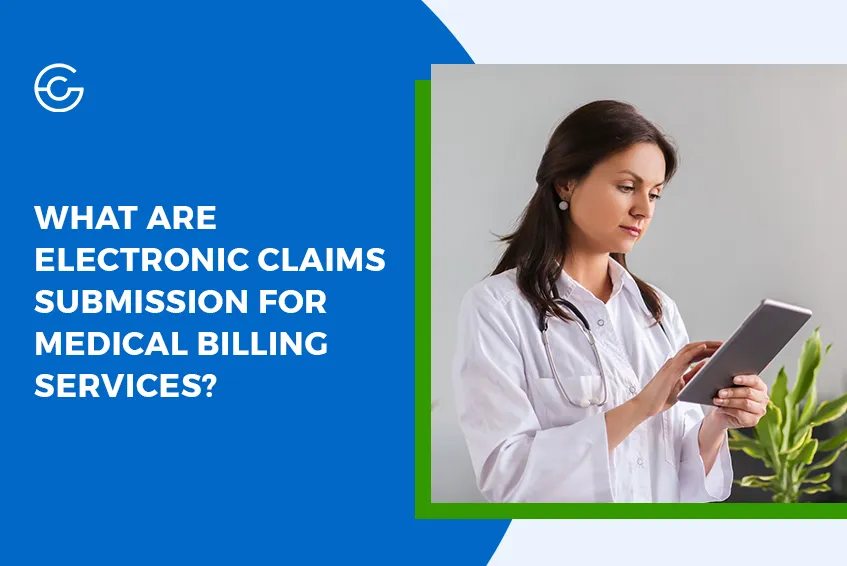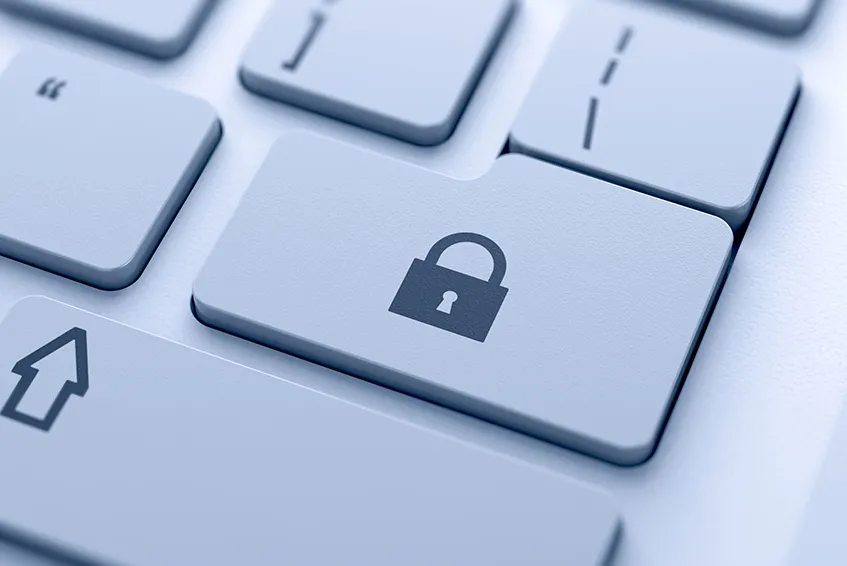
The world is transforming, and more and more businesses are going digital. It is happening across various industries, and the medical sector is no exception.
Healthcare processes are becoming more dependent on technology. Aside from highly advanced medical equipment, administrative tasks and diagnostic reports also benefit from this evolution. Unsurprisingly, medical billing and insurance claims are also shifting to digital.
Understanding Electronic Claims Submission
Electronic claim submission is the process of sending digital compliance reports supporting the insurance claims of a beneficiary. Gone are the days when healthcare staff has to compile various paperwork to submit a facility or company’s insurance claims to Medicare, Medicaid, and private insurance providers.
A growing number of companies are requiring electronic submission of insurance claims for a variety of reasons:
Cost-Cutting Measures
It would be far cheaper for insurance companies to implement electronic claim submission. For one, it requires fewer employees, which would reduce salary expenses. The company could also cut down on office expenses, as they don’t need a large storage space for documents or a lot of supplies, such as printing paper, folders, envelopes, staplers, and more.
Documentation in One Place
Instead of a large storage room with boxes or steel cabinets filled with paperwork, documentation is stored in one place: medical billing insurance software.
Insurance companies need software like ClaimGenix to keep all records in one place.
HIPAA Encouragement
The Health Insurance Portability and Accountability Act of 1996 (HIPAA) is the law that created national standards to protect patients’ health information. In recent years, an electronic version of the standards has been released.
This signified a shift in data security compliance that legitimized the value of digitization of information. It became a prompt for healthcare companies to start implementing electronic claim submissions.
While such a system benefits insurance companies, healthcare facilities and their workers are also reaping the benefits of electronic claim submissions.
Advantages of Electronic Claims Submission
 Electronic claim submission is not just an advantage for insurance companies. Medical facilities also enjoy the following benefits:
Electronic claim submission is not just an advantage for insurance companies. Medical facilities also enjoy the following benefits:
Fast Processing
Electronic processing is much faster than traditional paper-based submission. Healthcare facilities and insurance companies are in different locations, so medical claims had to be sent through postal mail, which could take days. Once the mail reaches its destination, it has to wait until it is opened, filed, and processed.
With electronic claim submission, the document is opened and filed within minutes or hours. The faster it is processed, the quicker the reimbursement. Postage-related delays are averted, and there is no chance of claims getting lost or damaged in transit.
Saves Time and Effort
The time and effort spent printing, sealing, and posting documents are better used for more productive things.
Medical facilities and insurance offices no longer have to maintain cabinets packed with paperwork—undoubtedly a fire hazard and an impractical filing system.
Saves Resources
You don’t need to purchase reams of printing paper for documentation. The printer and photocopier also don’t need much ink, and you don’t have to buy office supplies that take up so much space. When you have paper documentation, you will also need much more room for storage and spend more on utilities.
Accurate
Electronic medical billing is more accurate than manual medical billing since it is done by software. It significantly reduces or eliminates errors that could result in the denial or rejection of medical claims.
Some 20% of submitted claims are denied for various reasons, one of which is inaccuracy.
Tracking
Accounts receivables are critical for medical institutions. Without them, a healthcare facility cannot function properly nor serve its clientele well.
Receivables need to be liquid. And tracking claims is much easier through electronic claim submission as there is a digital footprint you can follow.
You can check whether reimbursements are coming. And if it is not, you can prepare to appeal a potential denial by producing supporting reports.
Ensures Privacy and Compliance
The medical billing software used in the e-submission of claims helps in ensuring compliance with HIPAA policy.
Software from a reputable company will maintain data security compliance for the facility. It is integrated into the system. While manual claims can be lost or stolen for malicious activities, patient information stored in software is better protected. Only people who need the information will have access to it.
Ensuring Compliance and Data Security
 Data privacy is not just ethical; it is also a matter of law. It is why medical facilities must have a system to ensure privacy and compliance with HIPAA laws.
Data privacy is not just ethical; it is also a matter of law. It is why medical facilities must have a system to ensure privacy and compliance with HIPAA laws.
Self-Service Vs Full-Service Electronic Claims
There are two ways you can submit claims electronically: through a self-service or full-service process.
Self-service is better if you have an in-house medical biller and coder. They know the medical billing process well because they went to school and trained for it. They are also familiar with the International Classification of Diseases or ICD codes. More importantly, they know data security compliance.
For those who can’t afford to have an in-house team, they usually outsource medical billing. A third-party medical billing company processes and submits the full-service electronic claims. The facility must only send pertinent details for the billing company to use in the electronic claim submission.
Whether you are using self-service or full-service electronic claims, billing software plays a vital role in efficiency and compliance.
What should you look for in medical billing software?
1. Security
This is a primary concern with technology because malware could steal or hold patient data hostage. Make sure you have software that is HIPAA-compliant and secure.
2. All-in-One Solution
The software must have everything you need for the medical billing and insurance claims process. It is also crucial that people who need the software can access it on any internet-enabled device. Shifting to a work-from-home model could save even more money and resources.
3. Easy to Use
Complex technology may encounter errors in operations. This would defeat the purpose of using medical billing software to speed up reimbursement.
4. Customer Service Support
When part of the system breaks down, the entire process will be halted. 24/7 customer service will help the continuous processing of billing and claims.
Conclusion
More and more insurance companies and medical institutions have shifted to electronic claim submission because it is faster, more accurate, and more efficient.
It is important to note that such benefits are only achieved when you have efficient, secure, and easy-to-use medical billing software - ClaimGenix.

